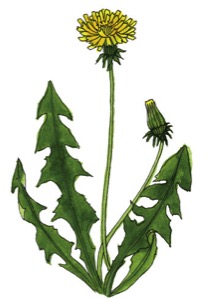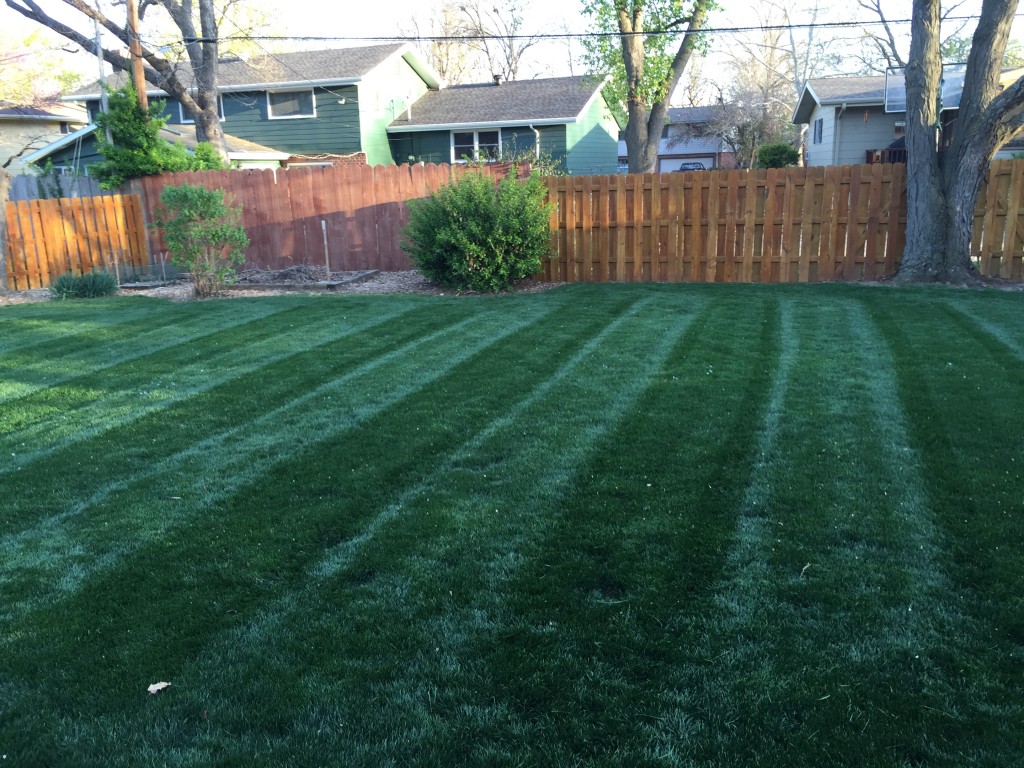(By Jared Hoyle, KSU Turfgrass Research and Extension)
I can’t believe it… Where has the summer gone? I blinked and students are running around campus and just last night it was cool enough to cut the A/C off and open the windows. Not to mention just in a couple weeks we will be watching college football.
When all of this happens I know I need to be getting out and working on my cool-season lawn. Time for fertilizer, overseeding existing lawns and establishing new lawns. So first I want to go back and look at the lawn calendar for cool-season lawns. Here are some recommendations.
Late-July through August
If you see grub damage, apply a grub killer that contains Dylox. Imidacloprid is effective against young grubs and may not be effective on late instar grubs. The grub killer containing Dylox must be watered in within 24 hours or effectiveness drops.
September
Fertilize around Labor Day. This is the most important fertilization of the year. Water in the fertilizer.
November
Fertilize. This fertilizer is taken up by the roots but is not used until the following spring. Water in fertilizer. Spray for broadleaf weeds even if they are small. Broadleaf weeds are much easier to control in the fall than in the spring. Spray on a day that is at least 50 degrees. Rain or irrigate within 24 hours reduces effectiveness. Use label rates for all products!
Always remember to READ THE LABEL for the correct rate, turfgrass tolerance, and specific instructions before application!!!
***Mention of trade names or commercial products in this article is solely for identification purposes and does not imply recommendation or endorsement, nor is criticism implied of similar products not mentioned by Kansas State University.***
Don’t forget to follow me on twitter @KSUTurf.
Also, visit our facebook page www.facebook.com/KSUTurf














